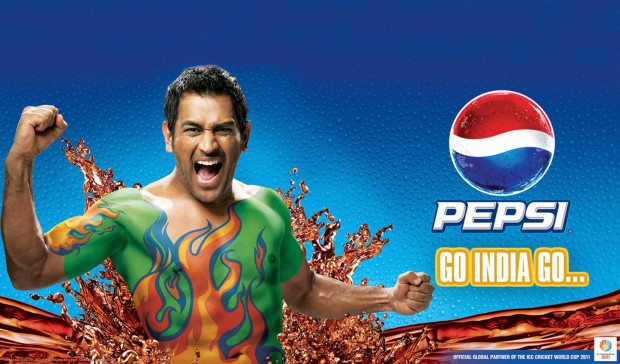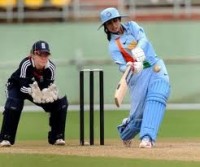Commercializing sports in India might be the best way to revive them

Having the second largest population in the world means India having a gigantic pool of talent available. Yet what is appalling is that our country continues to struggle in winning even bronze medals at the Olympic Games, let alone gold! The story remains that India can only claim supremacy in cricket.
India is far behind when it comes to three major aspects in most sports – Grassroots development, lack of publicity plus sponsors’ interest and most importantly, financial management.
Sports administrators get funds from their business contacts mainly. But they keep most of it in their pockets which means that coaching is not a viable option because of a likelihood of being paid peanuts and playing for the nation does not ensure a secure present or future. This might be another reason why Indian parents are sceptical of their children taking up a sport ‘professionally’ besides cricket.
Corruption is rampant, but administrators must spend a sizeable amount for the welfare of the stakeholders much like the Dubai government did to build an excellent Metro. Although BCCI may have many critics for the way they function, they have managed to raise enough funds through exceptional planning over the years. Even if they spend 10-15% hypothetically to finance the game, it is more than adequate. Thus, cricket continues to be the worshipped sport in India when it comes to both playing and watching. And the 2011 World Cup win only added fuel to the fire.
Another aspect is of a shortage of sporting heroes. The 1983 World Cup was won in such a manner, that it made businesses look to invest in cricket for advertising. Kapil Dev, Sunil Gavaskar and Mohinder Amarnath for example became household names in no time.
Post 1983, India has had heroes such as Dhanraj Pillay in hockey, Leander Paes in tennis, Prakash Padukone in badminton and Geet Sethi in billiards who have dominated the world for a long period of time and bought India glory. However, few have achieved as much as them and thus there is no incentive for the future generations to take up that sport and the sport attracting sponsorships.
Businesses look for those brand ambassadors, who not only are an embodiment of their product but also connect with people the most and for that they need to be largely ‘visible’.
The contemporary reality is that a sportsperson needs businesses and the media to flourish. And money is not evil per se; it is how you use it that matters more. Hence, now that badminton, hockey and tennis are on the path of commercialization as cricket, there are good signs that India is awakening and could someday be a sporting superpower.









![Shahid Afridi Two Sixes in Two Balls(Last Over) [ Pak v/s India - Asia Cup 2014 ]](http://www.sportalink.com/assets/images/users/000/004/000004460_scl_thumb.jpg)


0 Comments/Replies